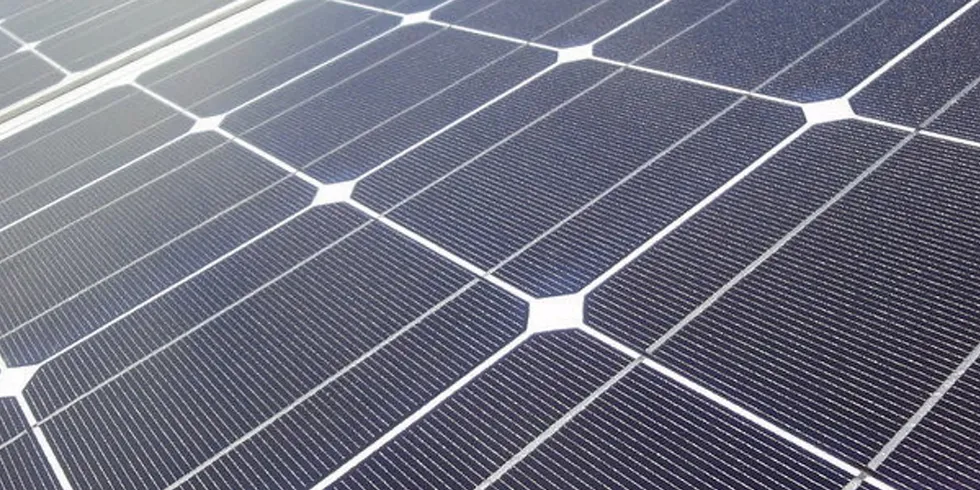The six ‘critical actions’ that every nation must take to reach net zero
Major report sets out practical pathways to hit carbon neutrality, including a ten-times-faster renewables build-out and 'clear plans' to phase out natural gas

Major report sets out practical pathways to hit carbon neutrality, including a ten-times-faster renewables build-out and 'clear plans' to phase out natural gas
